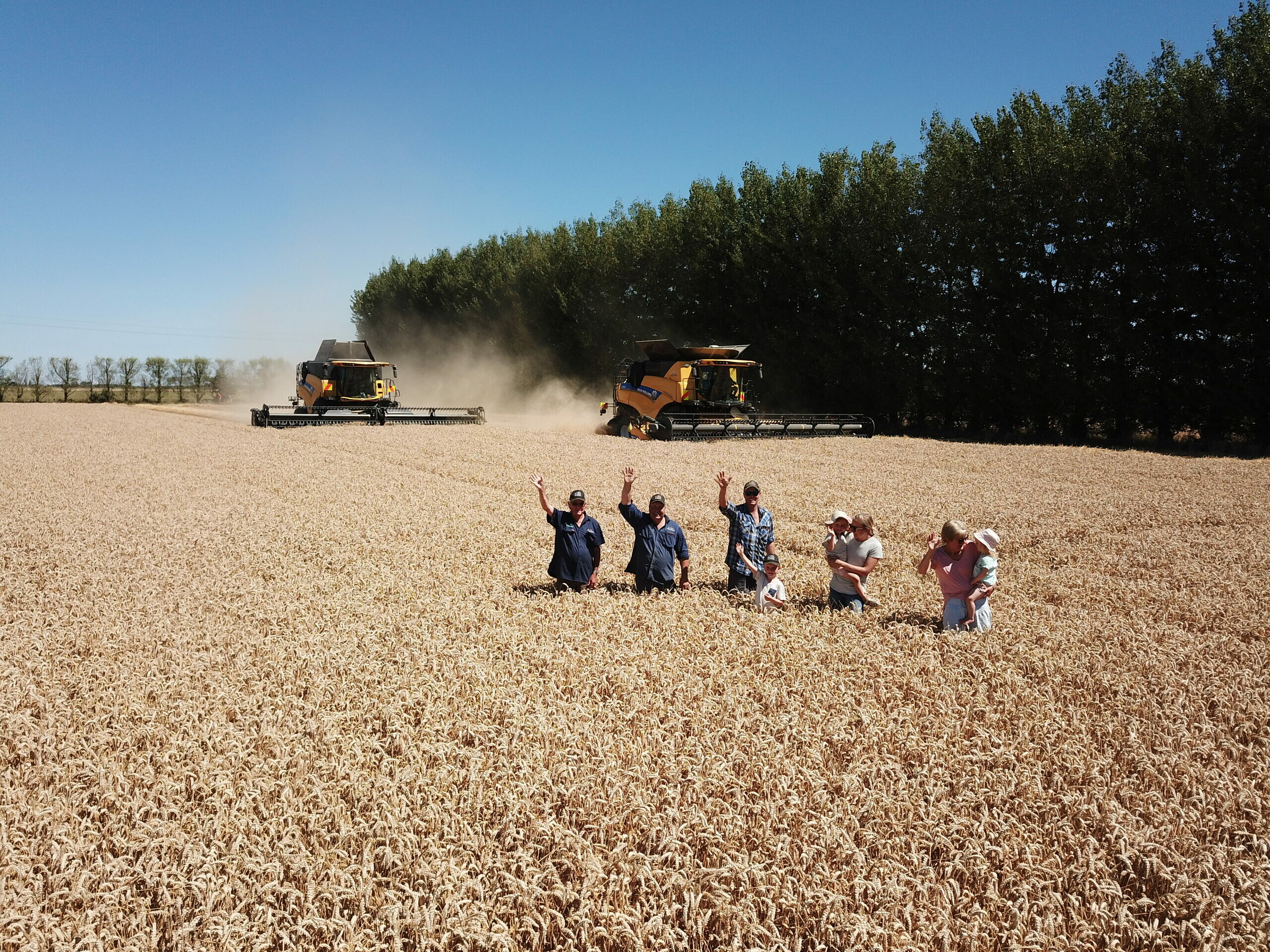From Tradition to Transformation: Daniel Lovett’s Journey in Regenerative Farming
5th November 2024

The transformation of agriculture is often rooted in deep traditions yet driven by innovation. For Lovett Family Farms, a third-generation operation in New Zealand’s Mid-Canterbury plains, regenerative agriculture represents both a time-honoured practice and a forward-looking strategy.
Following the release of McCain’s compelling case study on the regenerative farming practices of potato farmers in New Zealand, SAI Platform spoke with Daniel Lovett to explore how their methods align with the goals of SAI Platform’s Regenerating Together Programme global framework, which supports farmers in enhancing environmental stewardship and achieving long-term farm profitability.
Can you tell me about your farm and the challenges you were facing that led you to explore the impact of regenerative agriculture?
As a third-generation family farm, we were practicing regenerative agriculture long before it became a popular term. We’ve always prioritised techniques that keep living roots in the soil, like using cover crops to reduce soil erosion, increase water retention, and enhance soil health and biodiversity.
Over the years, we’ve continued to evolve our practices in response to new research. Recently, we planted more perennial native plants in less productive areas to improve biodiversity, and we’ve sped up planting after harvest to minimise the time soil is left bare. Sowing wildflowers around our fields has also helped build up beneficial insect populations.
Reducing soil-borne diseases has always been a priority. We sacrifice short-term profits by growing less commercially valuable crops, like peas and grass seeds, to extend crop rotations and improve soil health. Lately, I’ve been focusing more on introducing good bacteria and fungi into the soil to further enhance fertility. We’re also careful with soil cultivation, waiting until conditions are ideal to avoid compaction, even if it means missing planting windows.
How did you go about prioritising outcomes and identifying the best practices to achieve them?
We started with the low-hanging fruit, where the innovations would provide clear returns, not just environmentally, but financially as well. For example, this year we’re using AI-driven machinery to apply herbicides, targeting weeds instead of blanket-spraying the entire field. This should reduce our herbicide use, minimise soil disturbance, and improve yields.
How can the agri-food industry support farmers in the transition to regenerative agriculture?
The most significant support we need is better financial returns from the crops we grow. Our longer crop rotations mean we sometimes miss out on short-term profits, and that can put us at a commercial disadvantage. To keep the farm in the family and encourage future generations, we need adequate returns that make sustainable farming financially viable.
Looking ahead, what are your aspirations in continuing your journey towards implementing more regenerative farming practices?
There’s a delicate balance between profitability and sustainability. With a 7–10-year crop rotation, only three of those years provide returns that are above the cost of production. We need to capture more value from each crop we grow to allow for these longer rotations and continue improving our soil quality.
As a long-standing family business, sacrificing short-term gains for the benefit of future generations is in our DNA. That’s the legacy we’re committed to.
Are there any obstacles that you anticipate, and how will you deal with them?
One challenge is the lack of understanding about the good practices most farmers in New Zealand already follow. Public and political awareness is limited. We’ve worked to overcome this by hosting local politicians and school visits, showing them firsthand the positive impact of our methods. These visits are often eye-opening and help change perceptions quickly.
Get Involved
SAI Platform seeks to develop more case studies under its Regenerating Together global framework for regenerative agriculture. By adopting regenerative agriculture principles tailored to local contexts, farms like the Lovett Family Farm are leading the way towards a sustainable and profitable agricultural future.